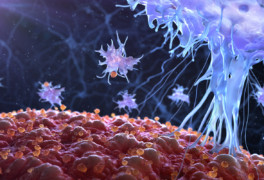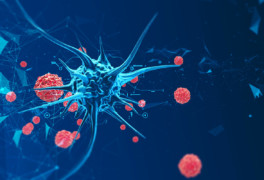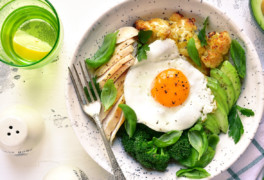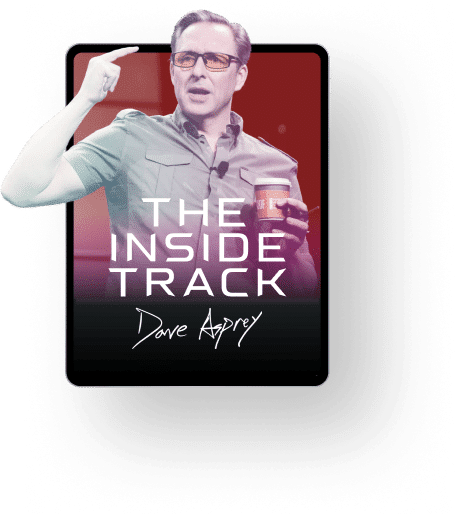A jury awarded a California couple over $2 billion in damages after concluding that Monsanto’s leading product, Roundup, caused them to develop lymphoma.
This high-profile case marks the third time that a jury decided that the agrochemical giant did not adequately warn consumers about the dangers of Roundup, a weed killer that people use on everything from backyard dandelions to massive agricultural operations.
In 2015, the World Health Organization (WHO) classified the active ingredient in Roundup, glyphosate, as “probably carcinogenic to humans.” The WHO investigation also found that glyphosate likely causes mutations in DNA and increases oxidative stress, which triggers inflammation and can lead to tumors. In this case, the court found that surfactants in Roundup, additives that help the formula stay mixed and coat the leaf, were even more dangerous than the glyphosate itself.
What an award this big means: it’s all about the message
 Is $2 billion overkill? Naturally, the defense thinks so, and they’ve already stated that they plan to appeal it. Chances are, the plaintiffs knew they would appeal it, and there’s a good chance the jury submitted their numbers knowing full well the defense would appeal without batting an eye.
Is $2 billion overkill? Naturally, the defense thinks so, and they’ve already stated that they plan to appeal it. Chances are, the plaintiffs knew they would appeal it, and there’s a good chance the jury submitted their numbers knowing full well the defense would appeal without batting an eye.
So, why not scale back the number so that the couple will get their money and everyone can go home?
Of course, the jury certainly wanted to rectify the situation for the couple — after battling lymphoma, Alva and Alberta Pilliod will live with certain difficulties forever. What’s more than that, they want Monsanto, and other companies that harm the public, to get a loud and clear message: it is not okay to hurt people for profit.
RELATED: 8 Detox Methods that Really Work
A larger-than-life, highly publicized award like this one will make more victims come forward. More lawsuits mean more scars to Monsanto’s reputation, and profitability will tank. If Monsanto doesn’t hold itself accountable on its own, verdict after verdict will start to have massive effects on their bottom line, and they’ll be held accountable that way.
We’re not there yet. Roundup and glyphosate are still perfectly legal, and farms will continue to use it. Here’s how to counter the effects:
- Buy organic when you can. Toxins accumulate in meats, so if you buy nothing else organic, choose ethically-raised, grass-fed meats as much as you can. For produce, the Environmental Working Group maintains a “Dirty Dozen” list — a list of the 12 vegetables with the highest toxic load.
- Take activated charcoal. If you’ve been exposed to glyphosate or if you ate a meal that wasn’t organically sourced, activated charcoal will bind toxins and help your body excrete them. Make sure your activated charcoal is coconut-derived from the US, not made from charred cow bones from who knows where.
- Heal your gut. A strong gut increases your defense against toxic compounds. Here’s everything you need to know about maintaining a strong gut.
- Take glutathione. Glutathione is your body’s “master antioxidant.” Since glyphosate increases oxidative stress, glutathione can counter it by sweeping up the type of damaging oxygen atoms that harm your cells.
- Sweat. Whether through exercise or sauna, sweating eliminates certain toxins more efficiently than urine, breath, and other detox mechanisms your body uses to get the yuck out.



 If you want to avoid both toxic chemicals and sunburn, stay inside. Just kidding — spending time outside is great for your body, your mind, and time in the sun has positive effects on things like your vitamin D levels, your mood, and more. Here’s how to play outside without marinating in chemicals.
If you want to avoid both toxic chemicals and sunburn, stay inside. Just kidding — spending time outside is great for your body, your mind, and time in the sun has positive effects on things like your vitamin D levels, your mood, and more. Here’s how to play outside without marinating in chemicals. Shade and clothing don’t always work — for example, clothes feel weird when you’re swimming, or you might be out in a wide-open area without a tree in sight. Sunscreen is the way to go in those instances. Look for active ingredients zinc oxide or titanium oxide, and avoid ingredients like:
Shade and clothing don’t always work — for example, clothes feel weird when you’re swimming, or you might be out in a wide-open area without a tree in sight. Sunscreen is the way to go in those instances. Look for active ingredients zinc oxide or titanium oxide, and avoid ingredients like: Methionine is an essential amino acid (a building block of protein), which means your body doesn’t make it, and you have to get it in foods. It’s found in meats and animal products, and lesser amounts in plant sources of protein. Methionine has four major roles in your body:
Methionine is an essential amino acid (a building block of protein), which means your body doesn’t make it, and you have to get it in foods. It’s found in meats and animal products, and lesser amounts in plant sources of protein. Methionine has four major roles in your body: Tumors depend on methionine to grow. Researchers discovered in the 1970s that tumors will not grow in its absence. Scientists call this phenomenon “methionine dependency.”[ref url=”https://www.ncbi.nlm.nih.gov/pubmed/2213904 https://www.ncbi.nlm.nih.gov/pubmed/8495409″]
Tumors depend on methionine to grow. Researchers discovered in the 1970s that tumors will not grow in its absence. Scientists call this phenomenon “methionine dependency.”[ref url=”https://www.ncbi.nlm.nih.gov/pubmed/2213904 https://www.ncbi.nlm.nih.gov/pubmed/8495409″] Certain tumor cell types are hungrier for methionine than others,[ref url=”https://www.ncbi.nlm.nih.gov/pmc/articles/PMC4827046/”] but they all need methionine to survive and grow.
Certain tumor cell types are hungrier for methionine than others,[ref url=”https://www.ncbi.nlm.nih.gov/pmc/articles/PMC4827046/”] but they all need methionine to survive and grow. Whether you have cancer or not, you’ll benefit from lowering your methionine levels for general longevity purposes and to keep oxidative stress low.
Whether you have cancer or not, you’ll benefit from lowering your methionine levels for general longevity purposes and to keep oxidative stress low.